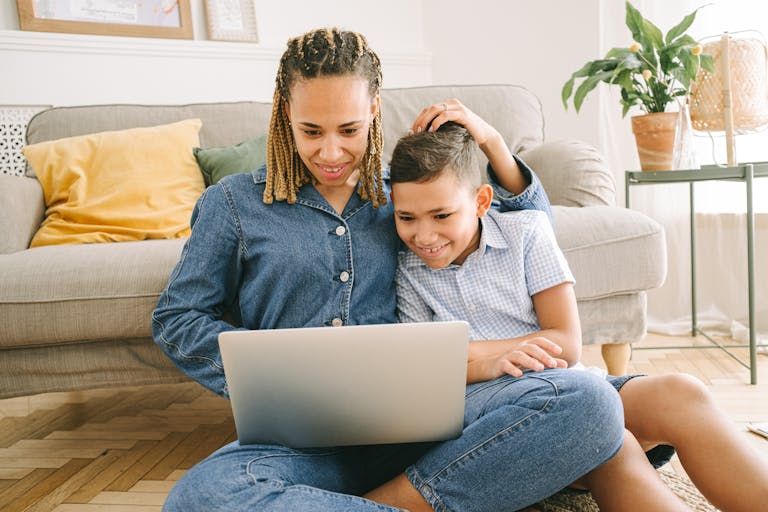How Technology-Induced Sleep Deprivation Affects Teenagers and What Parents Can Do About It

Pulling an all-nighter to cram for an exam or just staying up late for fun is something many of us have done. However, when teenagers make this a habit, it can harm their emotional well-being and academic performance. In the past, communication was limited to landline phones, making it easier to wind down and sleep at a reasonable hour. Today, technology has dramatically changed how teenagers interact with each other, often leading to chronic sleep deprivation.
Back in the ’70s and ’80s, our options for late-night communication were limited. We had to physically visit friends or rely on a phone call, which lacked privacy and was often cut short by our parents. Watching TV late into the night was uncommon, as it could disturb others in the household. To unwind, many of us turned to books or magazines.
Fast forward to the late ’80s and early ’90s, when personal computers became widespread, and email emerged as a new way to communicate. This shift in communication grew even more pronounced with the advent of cell phones in the ’90s, becoming almost a necessity by the late ’90s. Social media platforms like Facebook and Twitter further transformed how we connect, and soon after, tablets became as common as candy bars.
Today, teenagers are constantly multitasking across multiple devices—playing video games, using tablets, and browsing the internet—all within the span of an hour. It’s now common for teenagers to have access to several devices in their bedrooms, the very place meant for rest. This constant stimulation has led to a widespread issue: sleep deprivation. Additionally, the prolonged use of these devices can lead to physical strain, sometimes resulting in the need for surgery as they grow older.
Strategies to Help Teenagers Overcome Technology-Induced Sleep Deprivation
- Create a Device-Free Bed Policy: Encourage your child not to bring any devices, including phones and tablets, onto their bed. The bed should be reserved for rest and sleep, signaling to the brain that it’s time to wind down.
- Set Daily Screen Time Limits: Establish a schedule that limits your child’s use of devices, including their phone. This helps them develop a healthier relationship with technology.
- Gradually Remove Devices from the Bedroom: Start by removing the TV or video game consoles, and then slowly work toward reducing the presence of other technology in the bedroom.
- Implement a Screen-Free Hour Before Bedtime: Ensure your child avoids any screen time at least an hour before they go to sleep. This will help their brain begin the process of winding down.
- Encourage Reading or Dim Lighting Before Bed: An hour before sleep, have your child spend time in a dimly lit room, reading a book or magazine. Many teenagers find that using LED mood lighting strips helps create a calming atmosphere. However, it’s important to remember that bright lights can signal to the brain that it’s still daytime, disrupting the circadian rhythm, which is the body’s natural sleep-wake cycle.
By adopting these strategies, you can help your teenager’s brain and body recognize when it’s time to wind down, ensuring their circadian rhythm functions properly.
Our tutors are here to support your child in developing effective study and organizational skills. We also offer specialized tutoring in Math, English, and Science in Toronto and Ottawa.
Author:
Madeline Bodry
Tutors For Less







